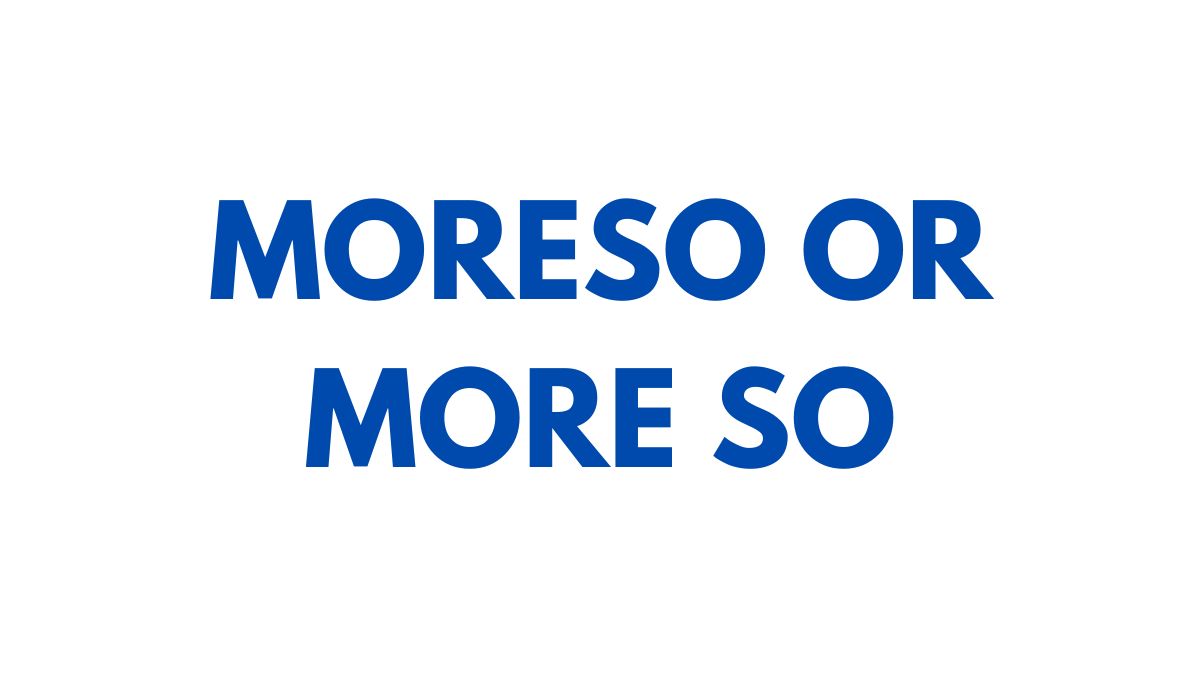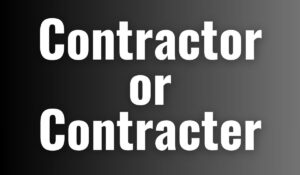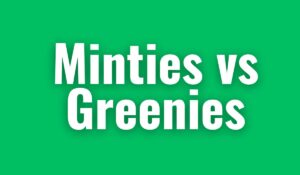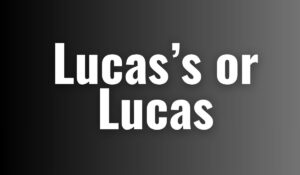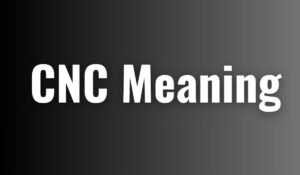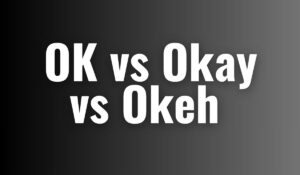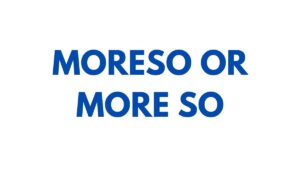Have you ever paused mid-sentence wondering whether to write moreso or more so? You’re not alone. This tiny space between two words has sparked confusion among writers, students, and even editors. In modern English, both forms appear online—but only one is considered grammatically correct. Understanding the difference helps you write with confidence and clarity.
In this guide, we’ll explore their origins, grammatical rules, real-world usage, and examples. Whether you’re polishing an academic paper, composing an email, or fine-tuning your content, this article will clear up the confusion and help you master the correct use of more so versus moreso.
What Does “More So” Mean?
“More so” is a two-word phrase used to intensify or emphasize a comparison already mentioned. It typically follows a statement and reinforces the degree of something. For example, “He was tired after the hike, but his brother was more so.”
The phrase acts as a substitute for repeating words or ideas, making your writing smoother and less repetitive. Grammatically, “more” functions as a comparative adverb, and “so” refers to the previous quality or condition. Understanding this structure helps you use it correctly in both formal and informal writing.
Why “Moreso” Is Grammatically Incorrect
Although you may have seen “moreso” online, linguists and dictionaries generally consider it a nonstandard or incorrect spelling. “Moreso” likely emerged from people typing quickly or mishearing “more so” in speech. Major grammar authorities like Merriam-Webster, Oxford, and Cambridge Dictionaries do not list “moreso” as an accepted form.
The error often arises because English sometimes combines words over time (e.g., “anymore”), but in this case, the fusion isn’t recognized officially. To maintain grammatical accuracy and professionalism, always write “more so” as two words.
Historical Usage and Evolution
The phrase “more so” dates back to early 19th-century English. It was used in literature, correspondence, and formal documents to create emphasis without redundancy. Over time, it remained consistent in usage, while “moreso” only began appearing informally in digital writing during the 20th century.
According to Google Ngram data, “more so” has always dominated in print sources, reinforcing its linguistic authority. The rise of “moreso” in online platforms reflects modern language trends rather than grammatical correctness. Understanding its evolution can help writers appreciate why only one version remains standard today.
Common Examples in Sentences
Examples help solidify how “more so” functions in writing:
- “She was confident before the exam, even more so after the results.”
- “The movie was exciting, but the sequel was more so.”
- “He admired her determination perhaps more so than her skill.”
Each example shows how “more so” replaces repeated adjectives or phrases. The structure adds sophistication to your sentences, especially in academic or creative writing. Practicing with such examples strengthens your grasp of correct contextual use.
“Moreso” in Informal and Online Contexts
While “moreso” isn’t officially correct, it has gained informal acceptance among social media users and bloggers. You might see it in casual comments, tweets, or posts where grammatical rules are relaxed.
Linguistically, this reflects the evolving nature of English in digital spaces. However, professional editors and teachers still advise avoiding it in essays, reports, or business writing. Think of “moreso” as slang understood, but not proper. Using the accurate “more so” signals education, attention to detail, and respect for grammatical standards.
Dictionary Definitions and Expert Opinions
Leading grammar sources align on this topic. The Oxford English Dictionary defines “more so” as a comparative phrase emphasizing a previous statement. Merriam-Webster and Cambridge follow the same rule, offering usage examples for clarity. None of these dictionaries officially recognize “moreso.”
Linguists agree that while “moreso” appears in informal writing, it lacks academic legitimacy. Grammarists and ESL instructors emphasize learning the correct version early to avoid fossilized errors in writing and speaking. Trusting dictionary consensus ensures your language remains credible and authoritative.
Synonyms and Alternatives to “More So”
If you want to vary your phrasing, consider alternatives to “more so.” Some options include “even more,” “to a greater extent,” “especially,” or “particularly.” For example: “She was enthusiastic, especially about the new project.” These alternatives fit better in certain contexts, especially when aiming for formal tone or stylistic diversity.
However, “more so” remains the most natural comparative intensifier when referring back to a previously stated idea. Using synonyms strategically enhances writing flow while maintaining meaning and tone consistency.
How to Use “More So” in Academic and Professional Writing
In academic papers or business communication, “more so” is an effective way to emphasize comparisons without redundancy. It’s ideal when summarizing research findings or highlighting differences. For instance, “The data indicates improvement, more so in urban regions than rural ones.”
This structure allows precision and fluency, both vital in scholarly writing. Ensure it follows a complete comparison to avoid ambiguity. Avoid placing it at the start of sentences, as it functions best as a reinforcing connector.
Frequent Mistakes to Avoid
Writers often confuse “moreso” with “more so” due to their similar pronunciation. Common mistakes include using “moreso” as a single word or placing “so more” in sentences incorrectly. Another frequent issue is using “more so” without a preceding idea for comparison, which makes the sentence incomplete.
To fix these errors, reread your sentence and ensure it contains two comparative elements. Grammarly and other writing tools can detect such issues, helping you maintain grammatical accuracy and reader clarity.
Key Takeaways and Quick Recap
- ✅ Correct form: “More so” (two words)
- 🚫 Incorrect form: “Moreso” (nonstandard)
- 📚 Supported by dictionaries and grammar experts
- 💬 Used to emphasize or intensify a previous statement
- 📝 Avoid in formal writing: “moreso” may appear casual online
Remember, clarity and correctness build credibility in every sentence you write.
Common Mistakes and How to Avoid Them
One of the most common mistakes writers make is fusing the two words into one, creating the incorrect form “moreso.” Another frequent error is using “more so” without providing a clear comparison in the sentence. For instance, saying “I like blue, but green is more so” makes sense only if the context specifies what is “more so.”
To avoid confusion, ensure “more so” directly follows or refers to an earlier adjective or phrase. Reading your sentences aloud also helps catch awkward phrasing. Lastly, using grammar tools like Grammarly or LanguageTool can flag improper forms and prevent recurring errors in your writing.
The Role of Anaphors and Stylistic Emphasis
“More so” often functions as an anaphor a linguistic device that replaces or refers back to a previously mentioned idea or word. For example, in the sentence “He was confident, and his sister even more so,” the phrase replaces “confident” to avoid repetition. This makes your writing smoother and more stylistically sophisticated.
It also helps maintain rhythm and focus in your sentences. Using anaphoric expressions like “more so” gives writing a sense of continuity and refinement, especially in persuasive essays or literary compositions. It subtly reinforces emphasis without sounding repetitive or mechanical.
Regional Preferences: U.S., U.K., Australia, and Beyond
While “more so” is universally accepted across English-speaking regions, subtle differences exist in how frequently it’s used. In the United States, “more so” appears often in formal and academic contexts. In the U.K., it’s equally accepted but may be replaced with alternatives like “all the more” or “to a greater extent” in British literature.
Australian and Canadian English follow similar usage patterns to American English, maintaining “more so” as the preferred form. Regardless of region, “moreso” remains nonstandard globally. Awareness of these regional tendencies ensures your writing aligns with your target audience’s linguistic preferences.
A Linguistic Look: Why “More So” Sounds Natural
Linguistically, “more so” feels natural because it follows English’s comparative structure rules. The adverb “more” modifies “so,” which stands in for a previously mentioned idea. This mirrors the way English expresses degrees of comparison clear, concise, and rhythmic.
Phonetically, “more so” has a pleasing stress pattern that enhances flow in spoken language, making it sound intuitive. In contrast, “moreso” compresses the words awkwardly, breaking this rhythm and clarity. The phrase “more so” fits naturally within English syntax because it builds on logic, meaning, and balance qualities that define fluent and precise communication.
Conclusion
Language constantly evolves, but correctness never goes out of style. The debate between moreso and more so reveals how easily informal trends can slip into professional writing. While “moreso” might seem natural in speech or social posts, “more so” remains the only grammatically accepted form in modern English.
As a writer, choosing the right words strengthens your message and builds trust with readers. The next time you hesitate between these two forms, remember more so not only sounds right but stands as the preferred, authoritative, and timeless choice in written communication.
